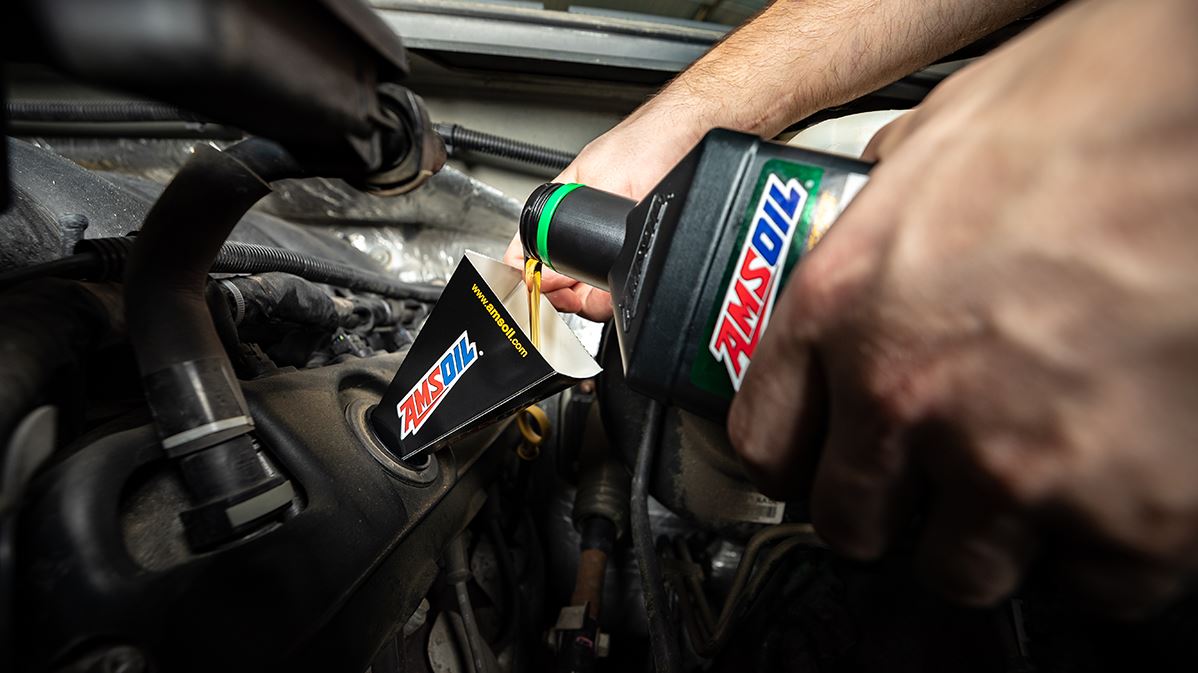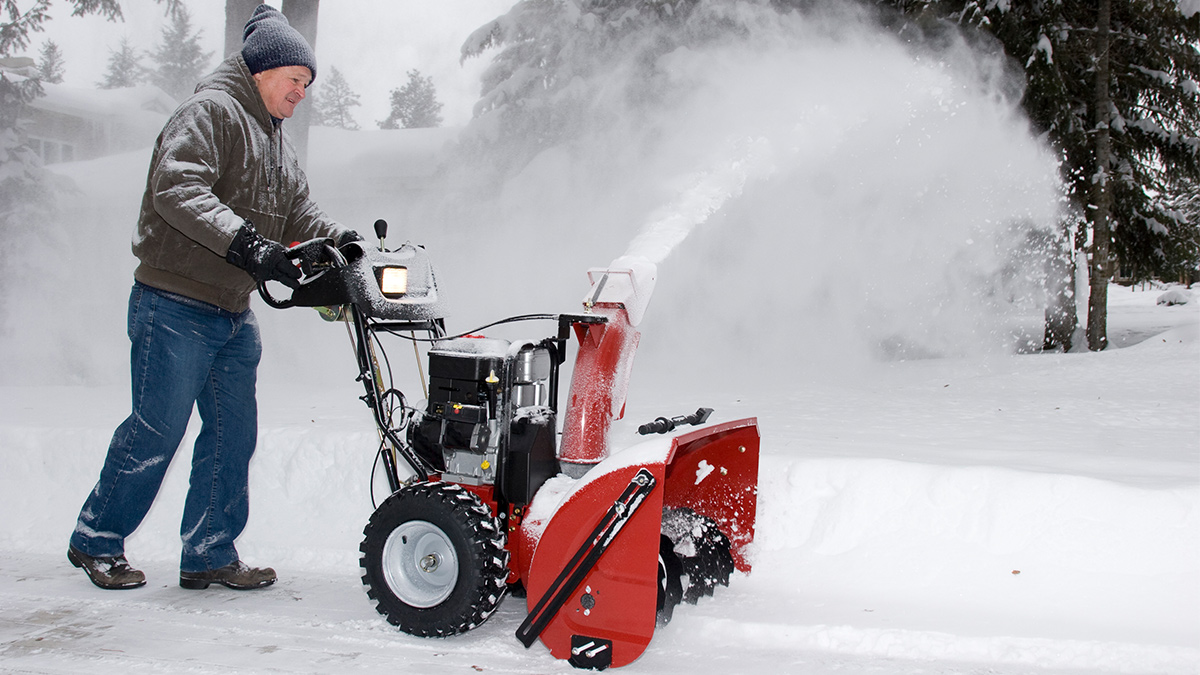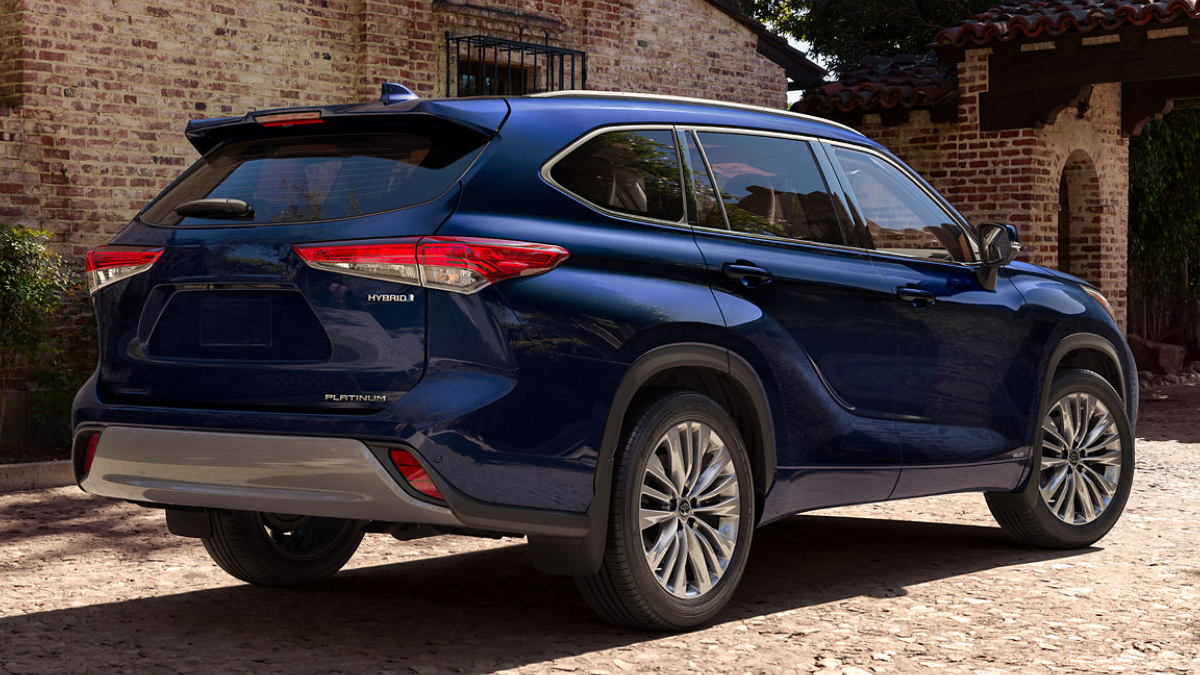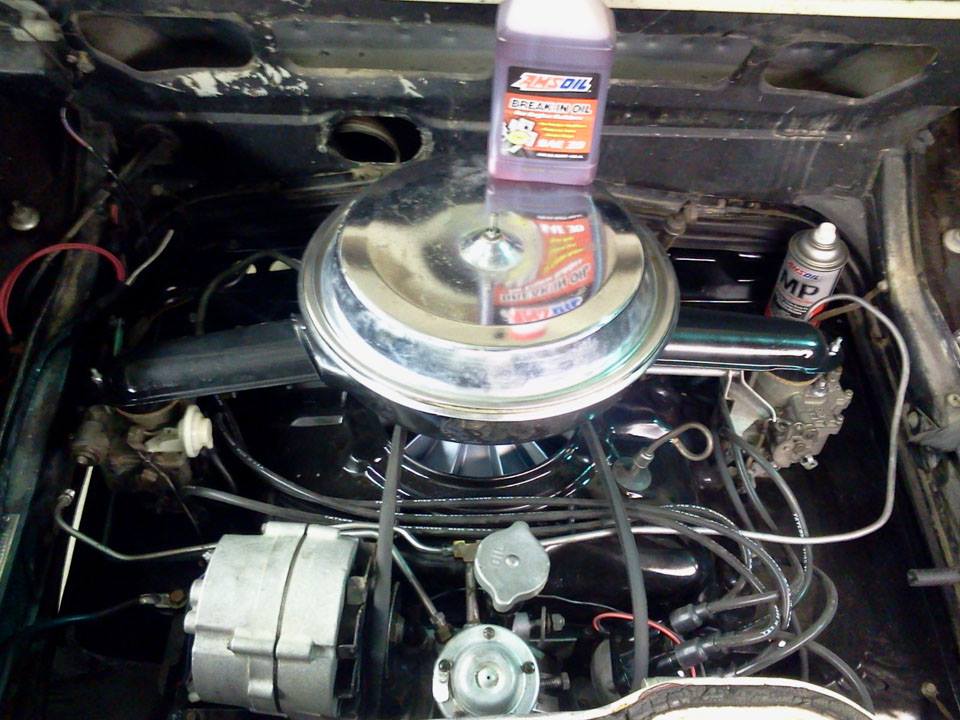Correcting common motor oil myths – Where did they come from? Motor oil myths abound. Here are five of the most persistent along with our myth-busting facts. by Brad Nelson Motor oil has drawn more than its fair share of myths. Its central role in vehicle longevity and performance has been understood since the beginning […]
You are browsing archives for
Tag: motor oil
What’s the Best Oil for My Snowblower?
What’s the Best Oil for My Snowblower? Using a high-quality, purpose-built oil can provide extra protection for your snowblower’s engine. _by Brad Nelson|November 10, 2023 When a snowstorm hits, you need your snowblower to fire up and help you get the job done. But snowblower engines face unique challenges that can reduce their dependability, horsepower […]
AMSOIL Hybrid Motor Oil Protects Hybrid ...
AMSOIL Hybrid Motor Oil Addresses Hybrid Engine Challenges _by Johnny Gage |Dec 7th, 2023 Your Maintenance Choices should match the Motives of Hybrid Engine ownership Hybrid vehicles are designed to improve fuel efficiency and reduce emissions. They combine an internal combustion engine powered by traditional fuels with an electric motor powered by batteries. The electric […]
8 Hot AMSOIL Products for Your Vintage C...
8 Hot AMSOIL Products for Your Hot Rod Jamie Gibson|Apr 20, 2018 10:52 AM If you’re anything like us, the highly anticipated sights and sounds of hot rods, muscle cars and restomods returning to the open road makes you a bit giddy. It’s a sure sign of road trips, car shows and all things summer. […]



